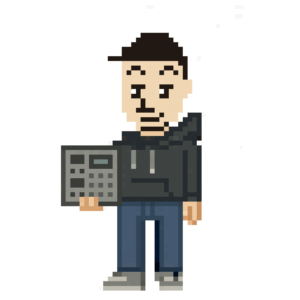Sound pressure is an important element in audio editing tasks such as recording, mixing, and mastering. If the sound pressure is too high, distortion (clipping) occurs, making the sound distorted. On the other hand, if the sound pressure is too low, noise becomes prominent and the power of the music diminishes. Below are some basic methods for determining the appropriate sound pressure.
Consider the Room Situation: The appropriate sound pressure varies depending on the environment where the music will be played. For example, a large stadium may require high sound pressure, whereas a quiet cafe would not. Decide on the appropriate sound pressure by taking the playback environment into account.
Auditory Evaluation: Sound engineers often trust their ears. If the sound feels distorted or imbalanced, adjusting the sound pressure is necessary. This is a very effective method if you have a good monitoring environment and experienced ears.
Use Measurement Tools: Digital Audio Workstations (DAWs) often provide visual tools for measuring sound pressure. These include peak meters, RMS (Root Mean Square) meters, and LUFS (Loudness Units relative to Full Scale) meters. Use these tools to ensure the sound pressure is at an appropriate level.
Use Reference Tracks: Using a track in the same genre that ‘sounds good’ as a reference track and matching its sound pressure is one method. This can fulfill the volume expectations of listeners in that genre.
It is important to consider all of these factors when determining the appropriate sound pressure. The ideal sound pressure varies with each project and song, so continue to experiment to find the best sound pressure.


Leave a Reply